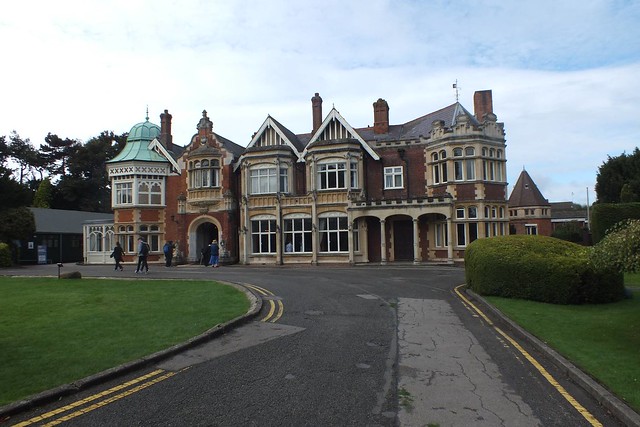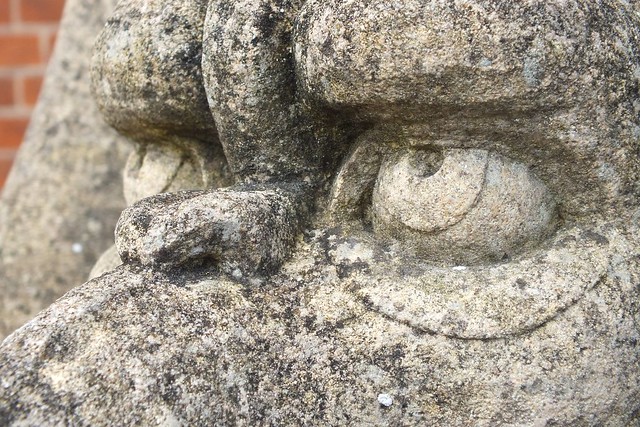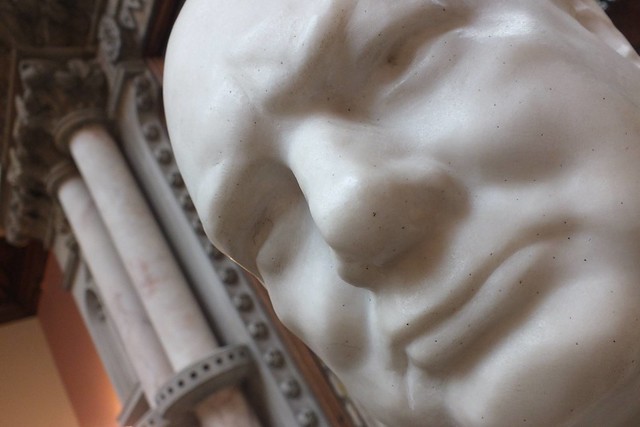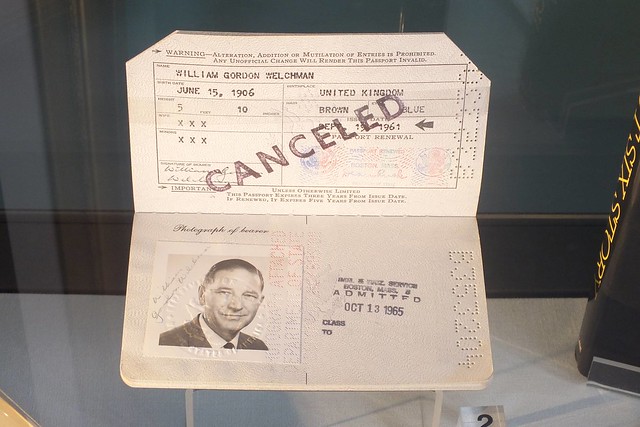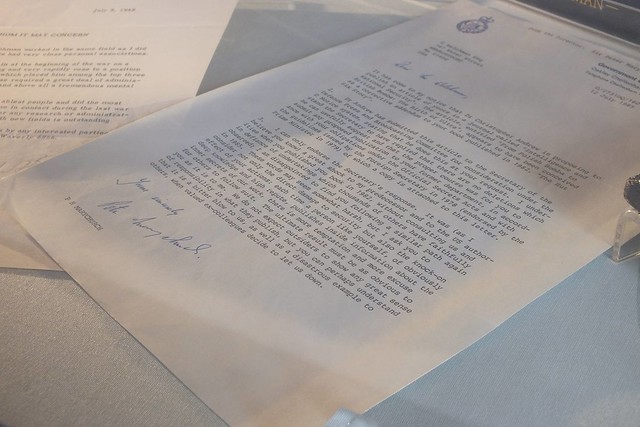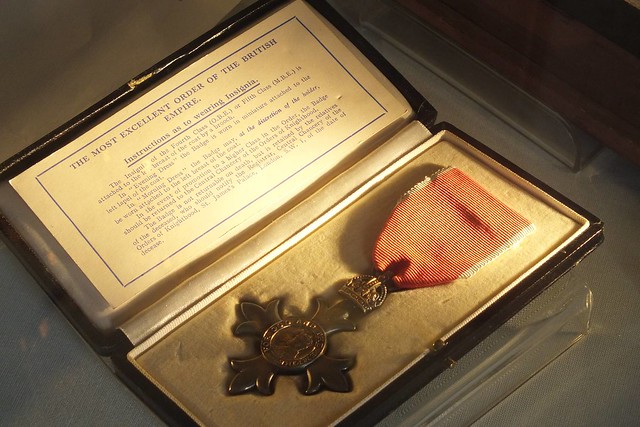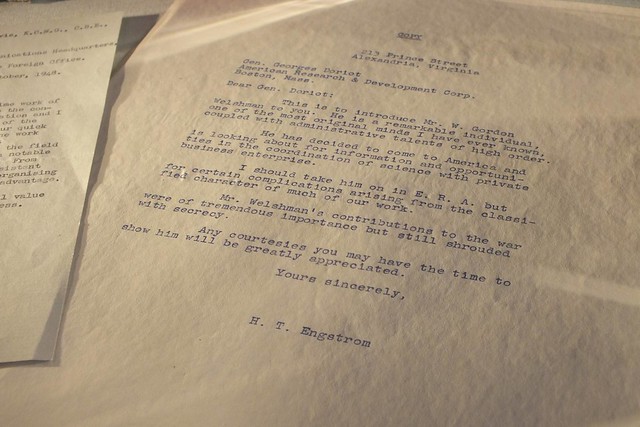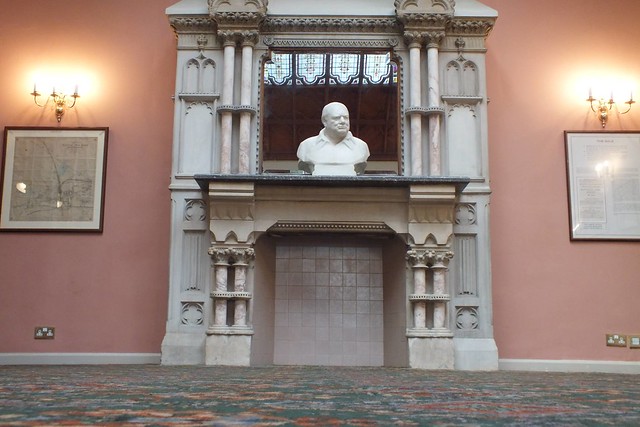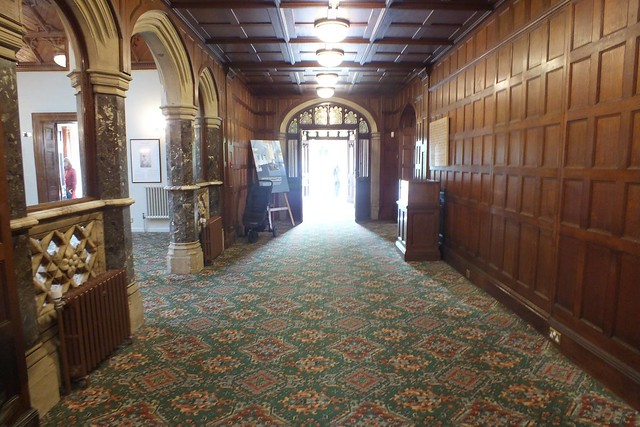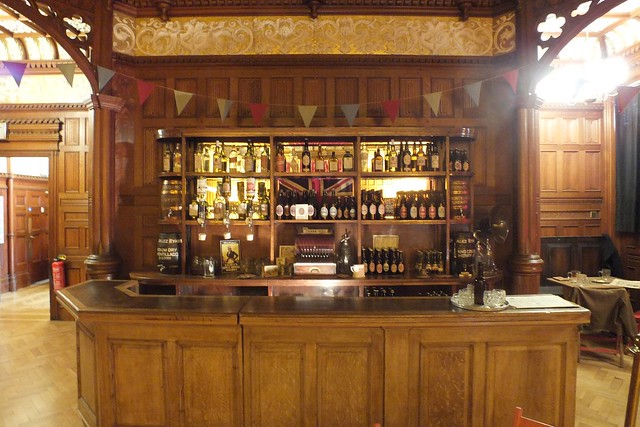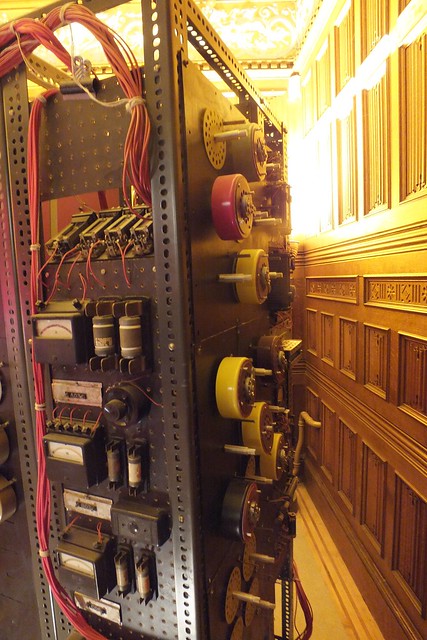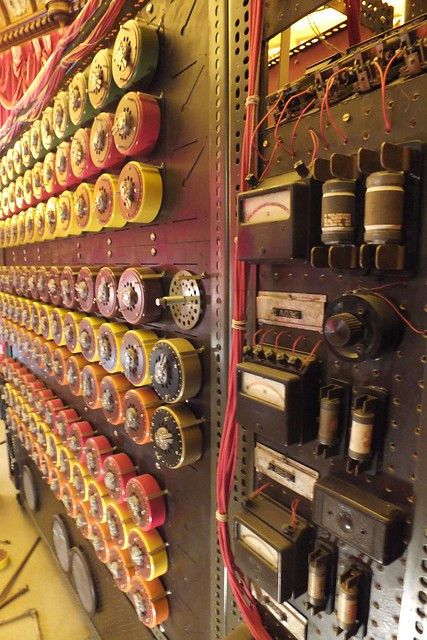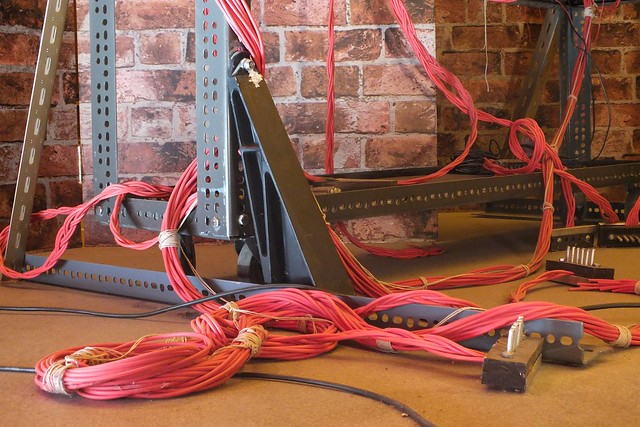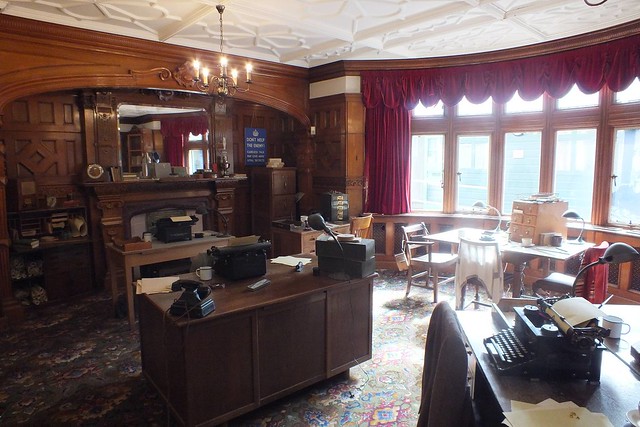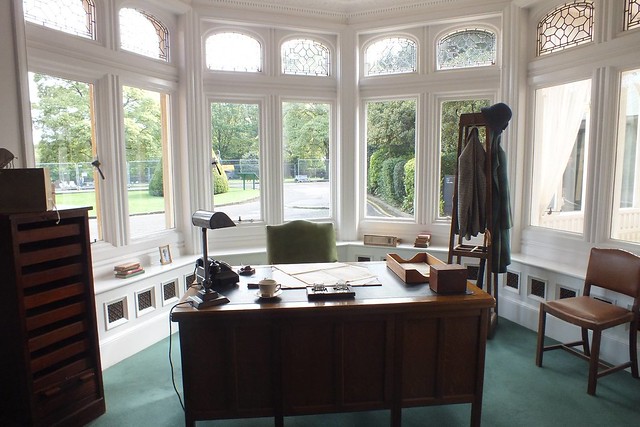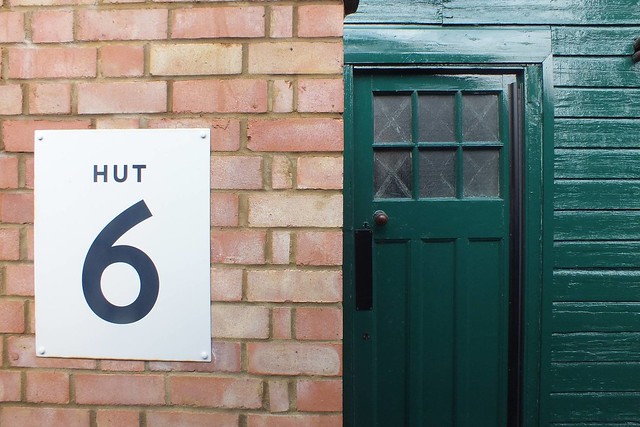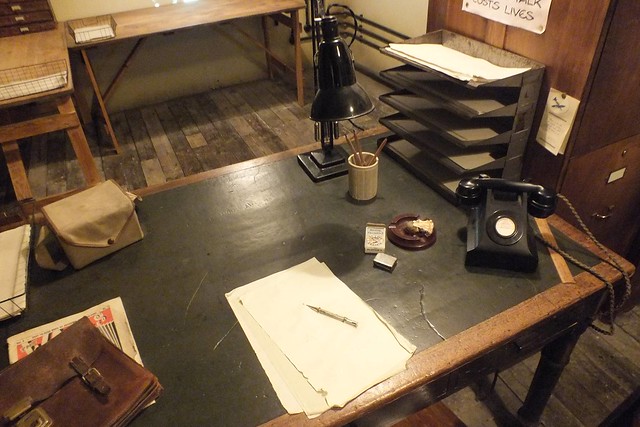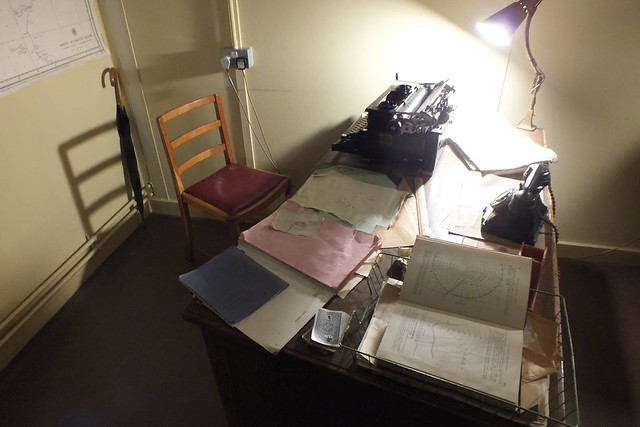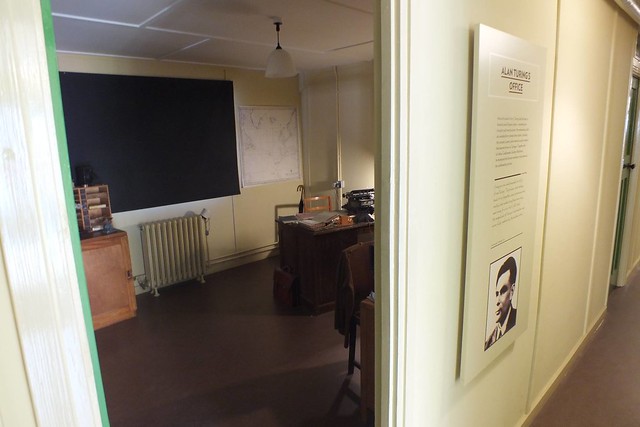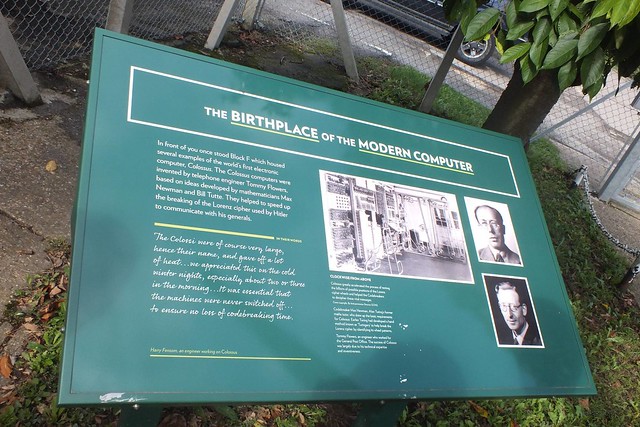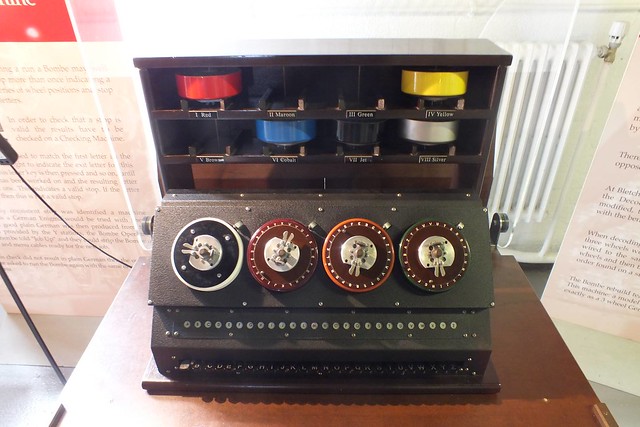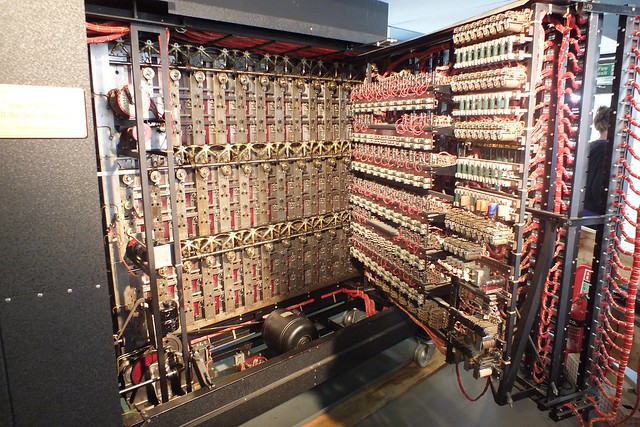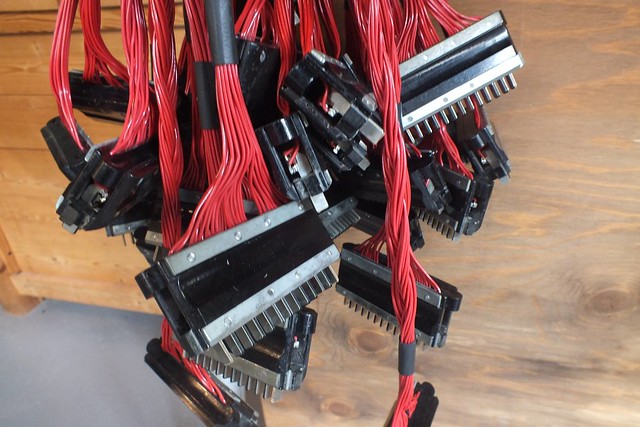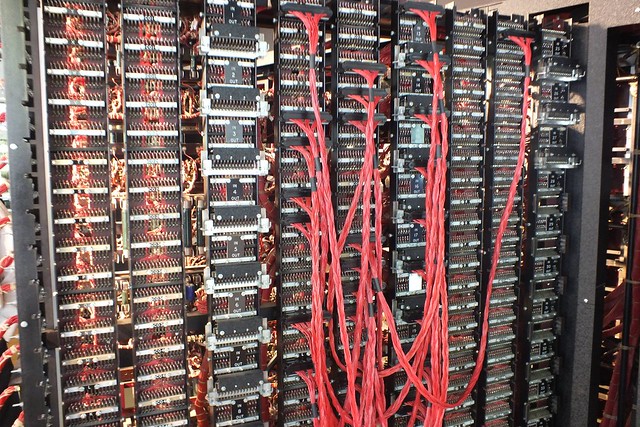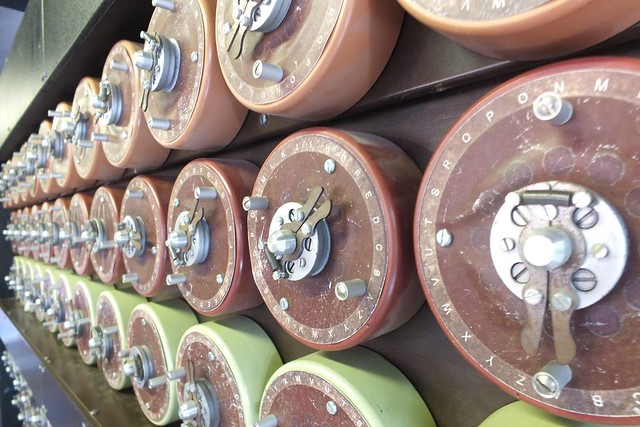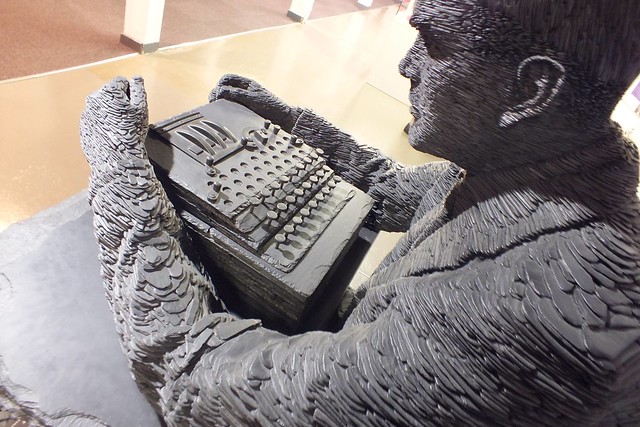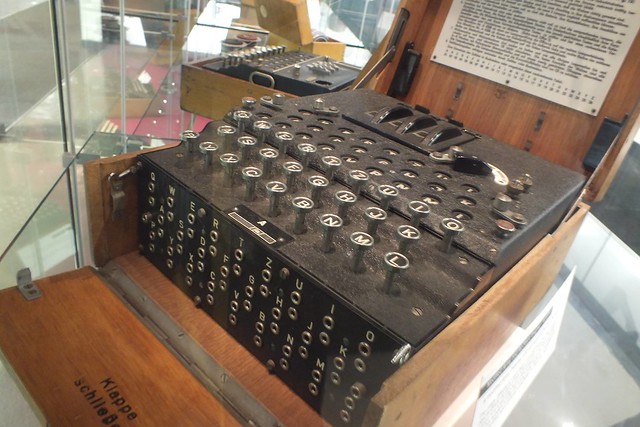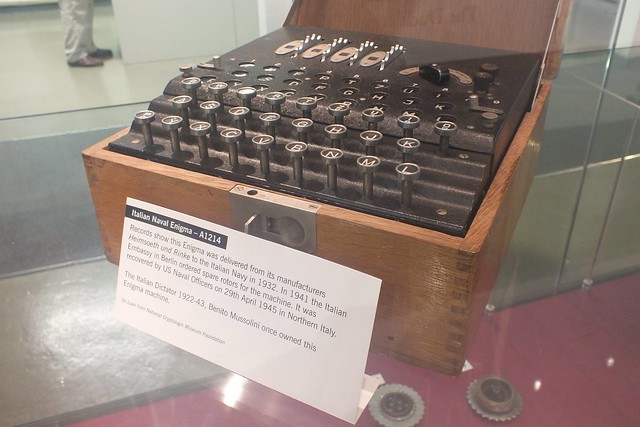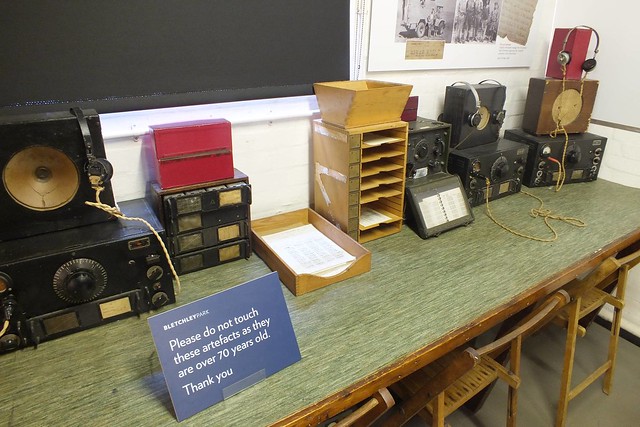A coursework / assignment that I’ve set for university students studying computing is to write a report that discusses the need for Information Systems in the modern world. The theme in question being: Big Data Information Systems harnessing Machine Learning and Artificial Intelligence.
The report should provide some background / context to the topic, explore the various components and architecture of the Information System, the associated Software Life cycle, the Tools / Technologies / Methodologies to hand and on through to Deployment.
The following is a list of some areas / systems they could consider. Do you have any other interesting examples that you could add in the comments section of a Big Data Information System that makes use of ML & AI tools / techniques?
| Formula 1 Real-time Telemetry Data Analysis | MRI Image Analysis |
| NASA James Webb Space Telescope | Earthquake Early Warning Systems |
| BOINC | Human Genome Project |
| Search for Extra Terrestrial Intelligence | Live Face Identification System |
| Amazon Alexa | Uncovering the Past with LIDAR |
| Google Assistant | Smart City, Real-time Traffic Analysis |
| Weather Forecasting | Medical Diagnosis |
| Movie Recommendation Systems | Surface and Subsurface Analysis of Hydrocarbon Potential in the Oil & Gas Industry |
| Music Recommendation Systems | Sentiment Analysis in Social Media |
| Self Driving Vehicles | Automated Warehouse |
| Crime Prediction | Smart IoT Enabled Retail Shop |
| Smart Patient Monitoring & Analysis with Bio-medical Sensors | CERN Large Hadron Collider |
| Humanoid Robot (Boston Dynamics) | Humanoid Robot (Tesla) |
Some of topic areas above may benefit from consideration towards Ethics, Data Protection / GDPR, would such elements also be useful / key things that could/should be given all due consideration in a report exploring Big Data Information Systems. Many interesting considerations can be found in the ACM Code of Ethics and Professional Conduct (poster) (booklet). Do add your thoughts in the comments section.
Do you have any interesting thoughts on the realm of High Performance Computing (HPC) in the form of C / Fortran MPI operations vs the world of Cloud Computing Services, Graphical Processing Unit (GPU), Tensor Processing Unit (TPC) or Quantum Computing? Again would be interesting to hear your thoughts in the comments section.
Would Explainable AI be of particular importance, particularly with areas such as Medical Diagnosis? Once again comment below on your insights with regard to the need for Explainable AI?


